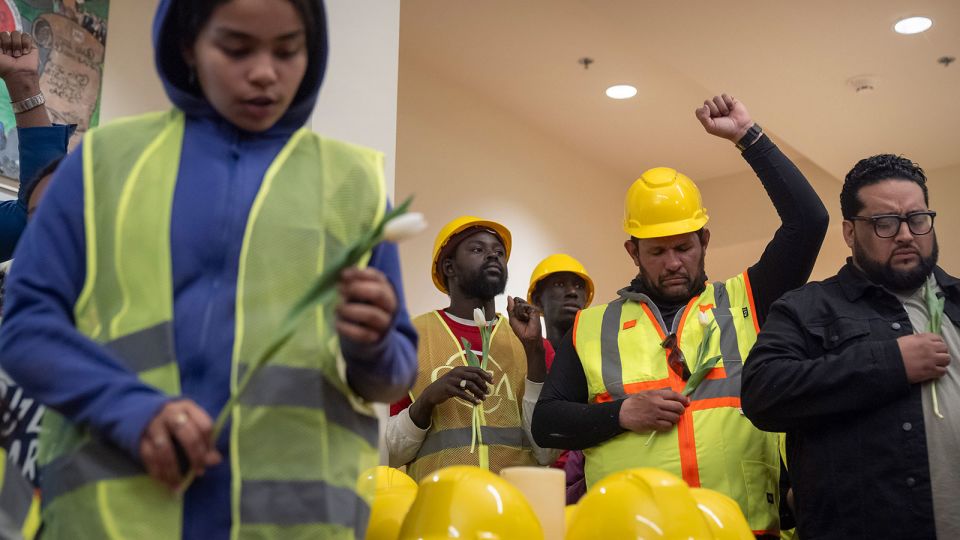The Port of Baltimore faces a lengthy closure after a catastrophic bridge collapse, leaving commuters and workers stranded and disrupting supply chains. The cleanup effort, involving the largest crane on the East Coast, is expected to take weeks, delaying the reopening of vital cargo channels. The damaged cargo ship’s hull remains intact, and the bridge debris is being removed to clear the way for a temporary restricted channel. The search for missing victims trapped in the wreckage, a priority for authorities, is expected to be challenging due to the massive scale of the cleanup operation.
The economic impact of the bridge collapse is significant, with the flow of ships in and out of the port halted indefinitely, affecting thousands of dock workers and disrupting the transportation of vehicles and farm equipment. Maryland Governor Wes Moore emphasized the importance of quickly restoring operations at the port, as it plays a crucial role in the local and national economies. The governor announced that the US Small Business Administration has approved a disaster declaration request for federal loan assistance to aid affected businesses. Immigrant advocacy groups highlighted the dangers faced by workers, especially construction workers, who perform critical yet risky tasks to support their communities.
Six construction workers lost their lives in the bridge collapse, with four still missing. The victims, originally from Mexico, Guatemala, El Salvador, and Honduras, were performing maintenance work on the bridge when the cargo ship collided with it. Recovery efforts have been paused due to unsafe conditions for divers caused by debris and concrete. Families of the victims are struggling to cope with the loss and are seeking closure as they wait for their loved ones to be recovered. Personal stories, such as a mother’s plea for a humanitarian visa to be with her missing son, highlight the human toll of the tragedy.
Crews at the collapse site are facing a complex and challenging task of removing the wreckage, with more heavy equipment expected to arrive. The initial lift of the debris marks the beginning of a long process to reopen the port to tug and barge traffic. The salvage operation involves multiple floating cranes, tugs, barges, and Coast Guard vessels. The reputation of the Port of Baltimore, known for its handling of a large number of vehicles, is crucial to the local and national economy. The cleanup effort, involving over 1,000 engineers studying the wreckage, will require thorough planning to safely remove the debris from the construction site.
The community is rallying behind the families of the victims, providing support and fundraising efforts to assist those affected by the tragedy. Local businesses and organizations are coming together to help employees who have lost loved ones in the collapse. The stories of individuals impacted by the disaster, such as a son’s final message to his loved one moments before the collapse, underscore the personal tragedies and the need for closure for the families involved. As the cleanup and recovery efforts continue, authorities are prioritizing the safe removal of the remaining victims and the reopening of the port to resume normal operations.


